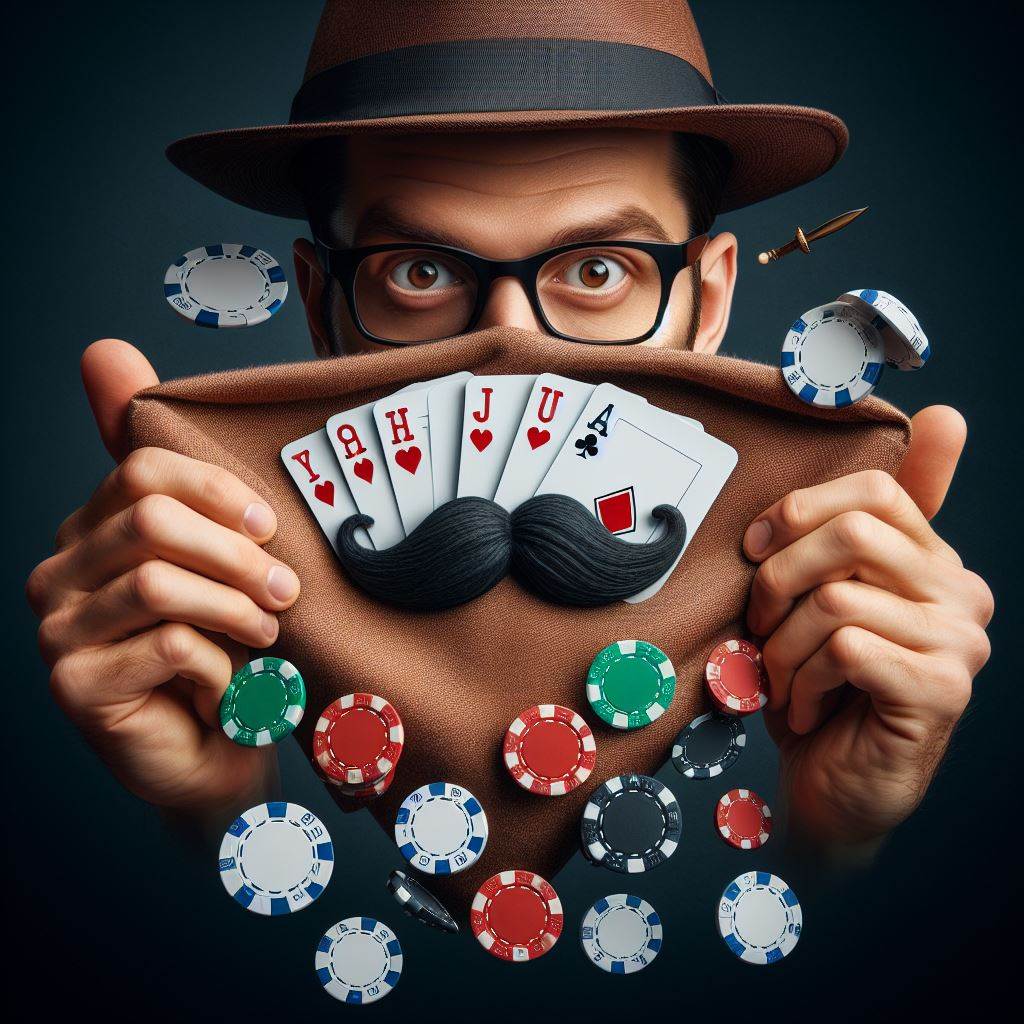In the high-stakes world of casino poker, Building a Winning Poker Face mastering the art of deception is as crucial as understanding the intricacies of the game itself. A winning poker face is more than just an impassive expression; it’s a comprehensive strategy for concealing your intentions, reading your opponents, and making informed decisions based on the information you glean. This article delves into the psychological warfare of poker, offering strategies to build an inscrutable poker face and maintain a competitive edge.
The Psychology of a Poker Face
At its core, a poker face is an exercise in emotional detachment and control. It’s about maintaining a facade that gives nothing away about the strength or weakness of your hand. This requires a deep understanding of your own emotional triggers and the discipline to control them. The goal is to become a blank slate, inscrutable to your opponents, who are always looking for any telltale sign of weakness or strength.
Mastering Emotional Control
The first step in building a winning poker face is mastering your emotions. This begins with self-awareness. Recognize what emotions you feel during the game and what triggers them. Once you understand your emotional responses, you can start to control them. Techniques such as deep breathing, mindfulness, and positive visualization can help stabilize your emotions and prevent them from betraying your hand.
Concealing Physical Tells
Physical tells—unconscious signals such as fidgeting, blinking excessively, or changing breathing patterns—can give away your hand just as much as your emotions can. To build an effective poker face, you must become aware of your body language and learn to control it. Practice in front of a mirror or record yourself playing to identify any involuntary tells you may have. Consistency is key; try to keep your movements and gestures uniform, whether you’re holding a strong hand or bluffing.
Using Misdirection
A truly effective poker face can also incorporate elements of misdirection—deliberately misleading your opponents to make them believe you hold a different hand than you actually do. This doesn’t mean you should be overtly deceptive, which can backfire if you become too predictable. Instead, subtly vary your behaviors to keep opponents guessing. For example, occasionally taking longer to make a decision, regardless of your hand’s strength, can disrupt opponents’ attempts to read you.
Reading Opponents While Concealing Your Own Hand
A winning poker face isn’t just about concealing your own hand; it’s also about reading your opponents while revealing nothing yourself. Observe their betting patterns, body language, and even their use of language. However, while you’re gathering information, ensure that your own expressions and reactions don’t change. This requires practice and concentration, maintaining your composure even when you detect a weakness or strength in an opponent’s hand.
Practical Applications and Continuous Improvement
Implementing a winning poker face in a real-game scenario requires practice. Participate in as many live games as possible, starting with lower-stakes environments where the pressure is less intense. Reflect on each game, identifying moments where your emotions might have leaked through or where you successfully deceived an opponent. Continuous improvement is crucial; even seasoned professionals work regularly to refine their poker faces.
Conclusion
Building a winning poker face is an essential skill for any poker player aiming for success in the casino. It’s a blend of emotional control, physical discipline, strategic misdirection, and the ability to read others without being read yourself.
Baca Juga: The High Rollers’ Guide to Dominating Casino Poker Tables
